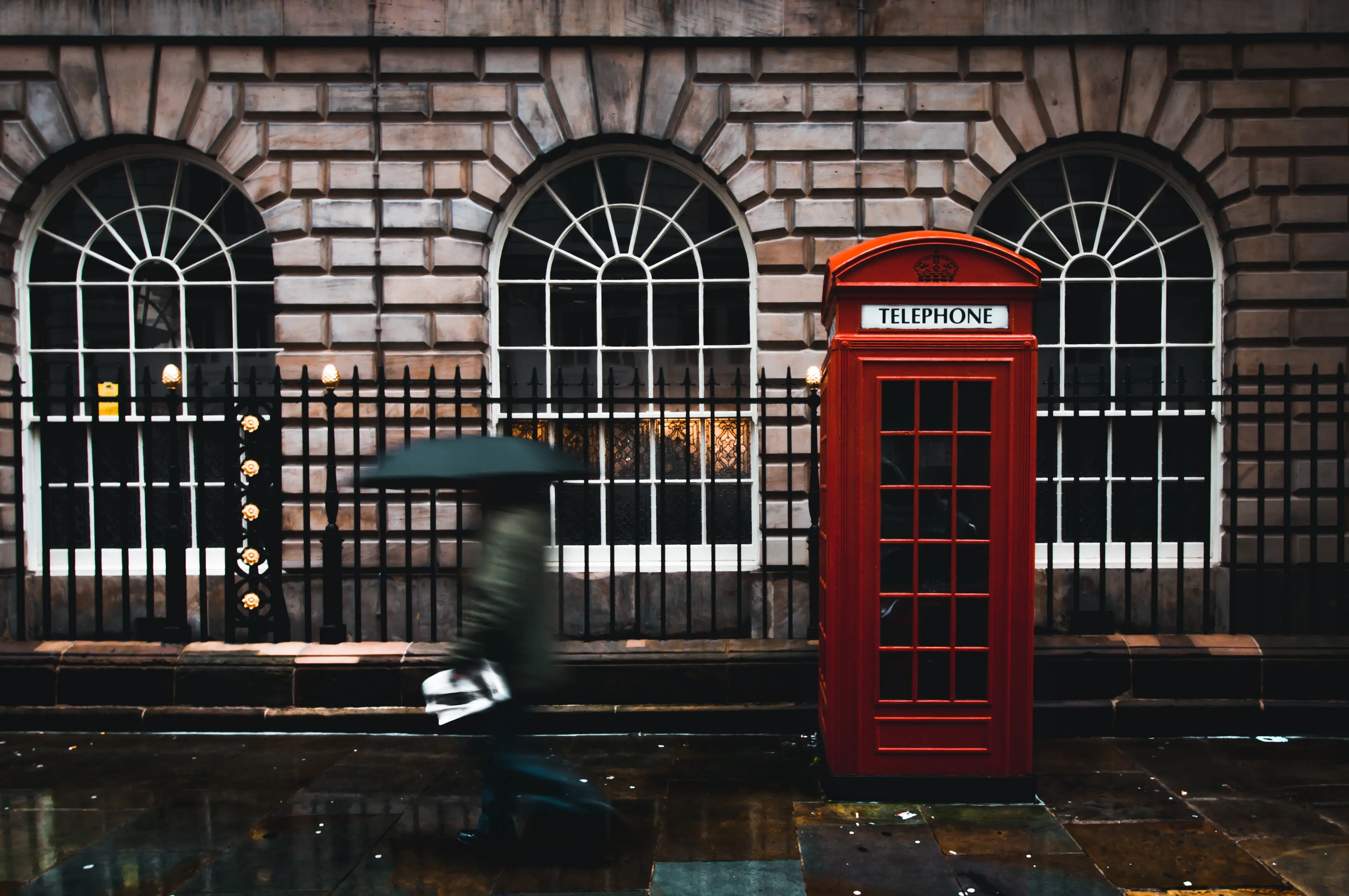London to open secret World War II tunnels to tourists

Plans have been unveiled for what is poised to become London's most extraordinary subterranean tourist attraction — a dazzling transformation of a mile-long network of World War II tunnels, at a cost of $268 million, into an immersive wonder.
As CNN reports, once shrouded in secrecy and protected by the UK's Official Secrets Act, these former espionage tunnels are slated for a remarkable revival, spearheaded by a team that includes the architects behind Singapore's Gardens by the Bay and London's Battersea Power Station, provided it receives planning approval later this autumn.
Situated approximately 40 meters below Chancery Lane tube station in High Holborn, the Kingsway Exchange Tunnels were originally constructed in the 1940s to provide shelter to Londoners during the Blitz bombings of World War II. They have remained inaccessible to the general public since that time. Following their wartime role, they served as the headquarters for Britain's covert Special Operations Executive, a branch of MI6 that inspired James Bond's Q Branch.
Subsequently, they were expanded to function as the Kingsway Telephone Exchange, an internal communications hub during the Cold War era of the 1950s. Notably, they housed the "hot line," a direct link between the leaders of the United States and the USSR.
Throughout the 1980s, British Telecom took over the site, transforming it into the world's deepest licensed bar for government personnel, complete with a games room featuring snooker tables and a tropical fish tank—an epitome of '80s luxury.
As the technology of the telephone center became obsolete by the decade's end, it was decommissioned. However, Angus Murray, CEO of The London Tunnels, a fund manager, is now committed to resurrecting the tunnel's history for visitors through high-resolution immersive screens, interactive installations, scent-emitting technology, and an array of pinpoint speakers.
The proposal entails investing £140 million ($170.5 million) in the restoration work, followed by an additional £80 million ($97 million) for immersive enhancements. With Wilkinson-Eyre architects on board, the project boasts an exceptional team, far surpassing anything currently offered in the city. Presently, London's most well-developed permanent underground tourist attraction is the Churchill War Rooms, which is situated just 12 feet below ground and pales in comparison to the sprawling 8,000-square-meter expanse of the Kingsway Exchange Tunnels.
While London Underground periodically conducts Hidden London tours, exploring the city's abandoned tube stations and tunnels, these tours are consistently oversubscribed, with tickets selling out rapidly. Nonetheless, for the next few years, they remain the best option for subterranean exploration, as the London Tunnels project, if it proceeds, will not welcome its first awestruck visitors until 2027.









